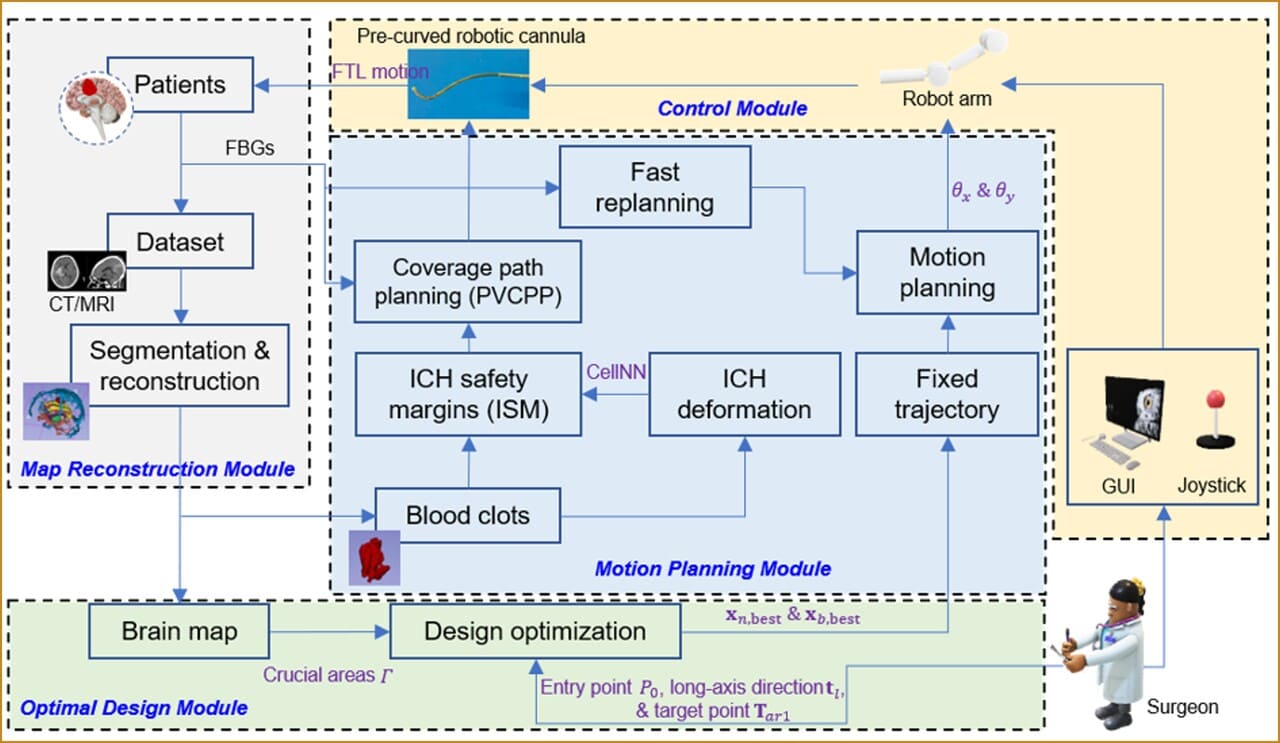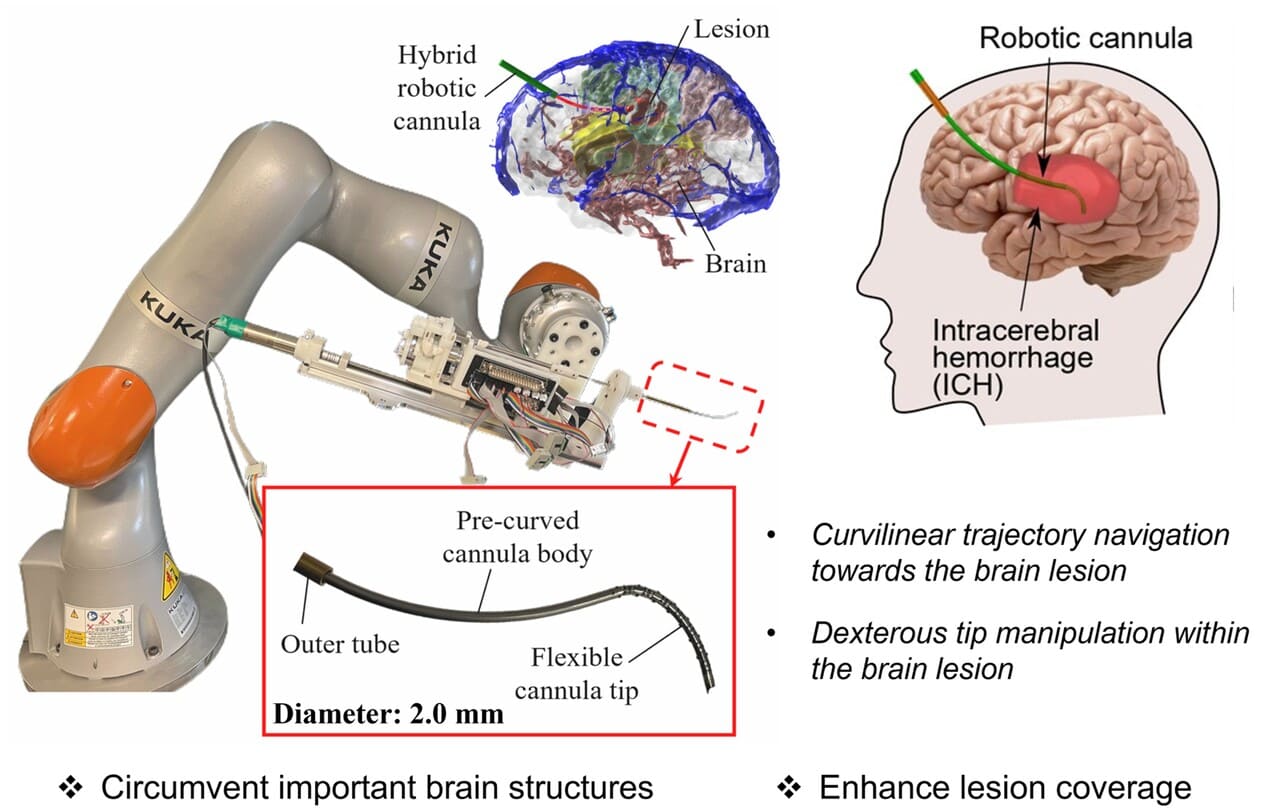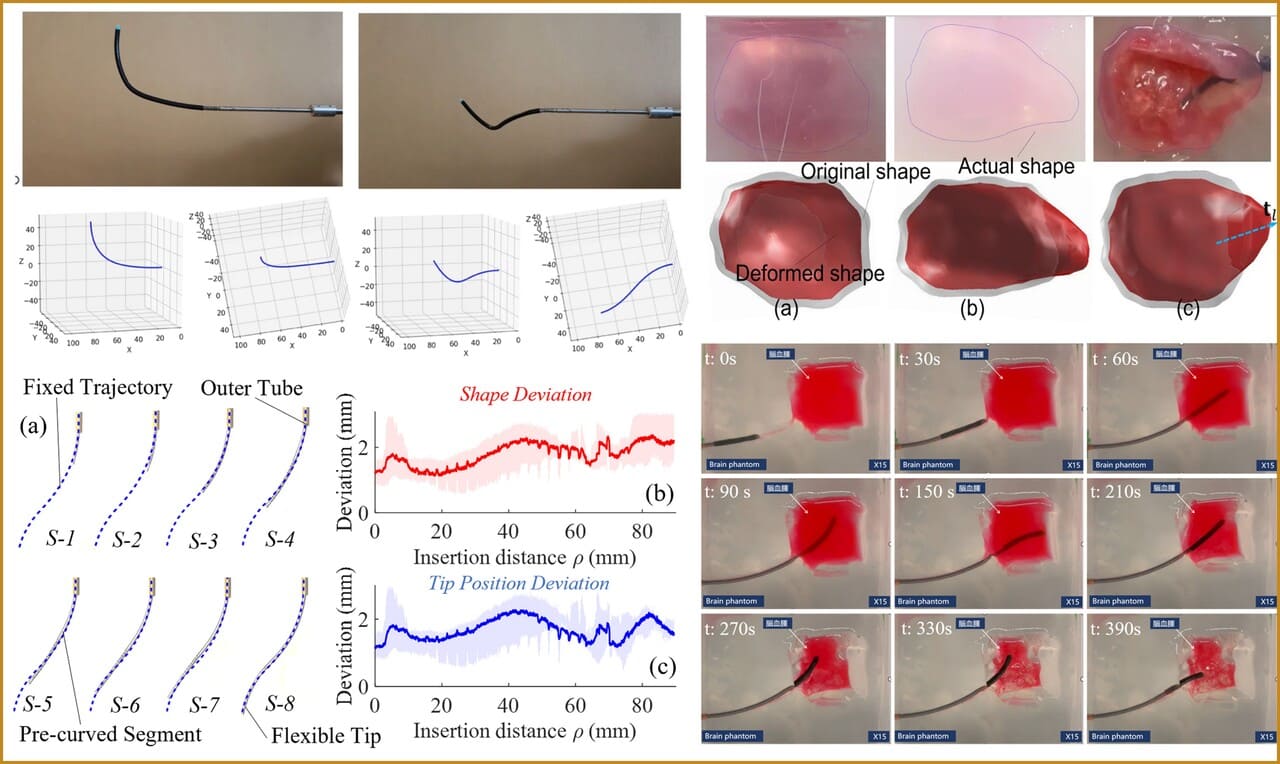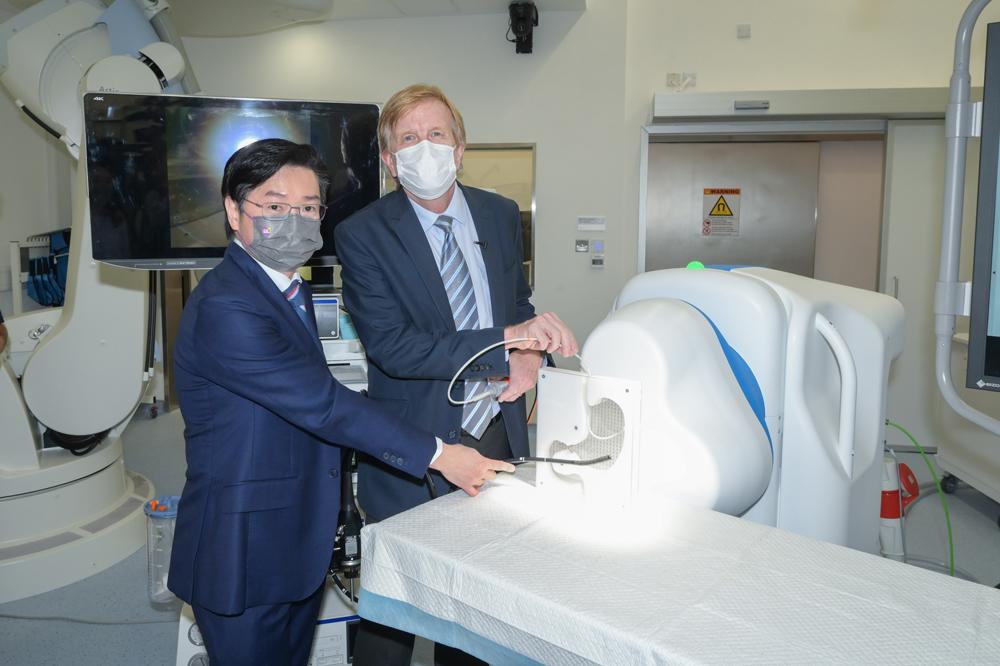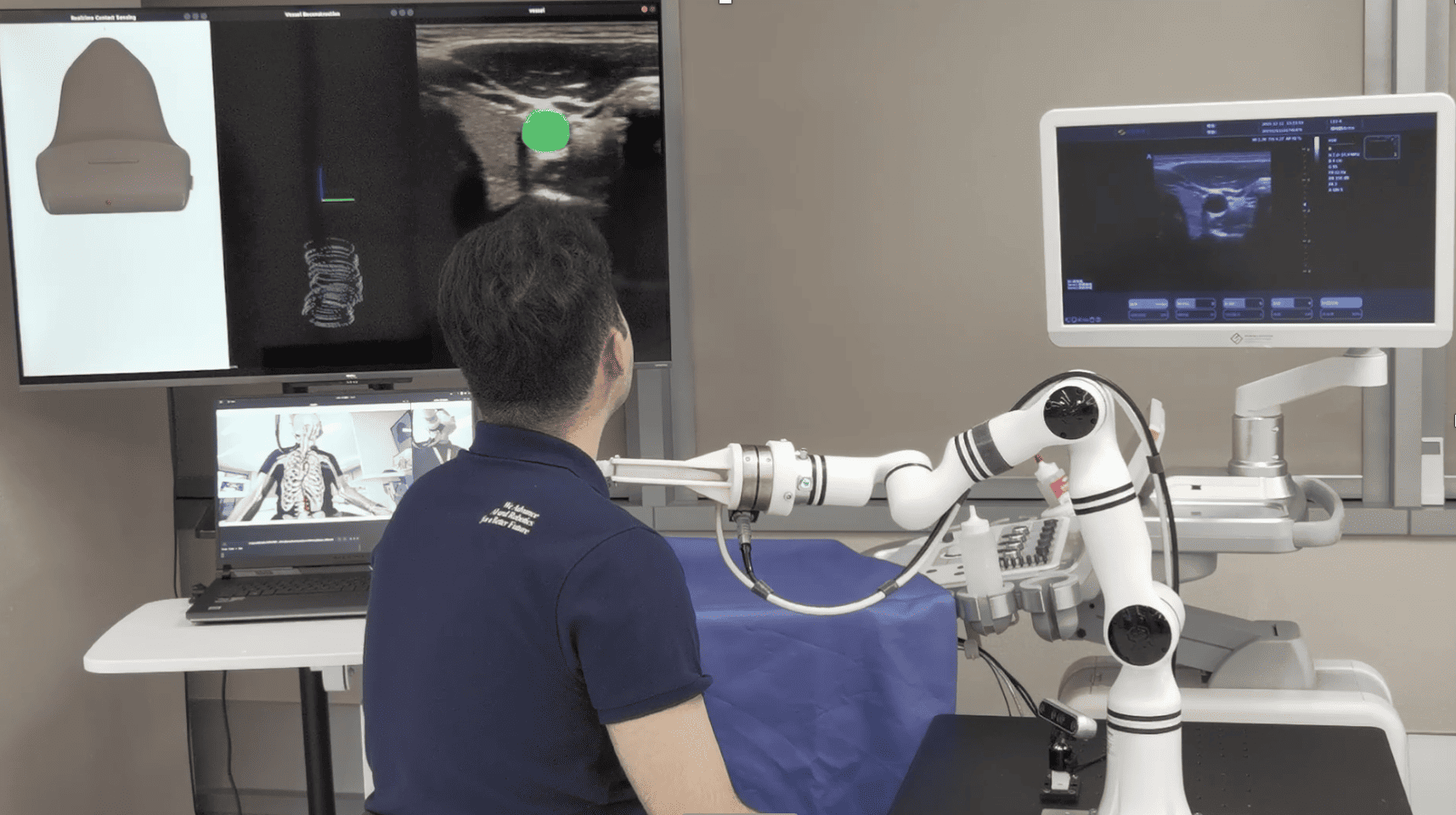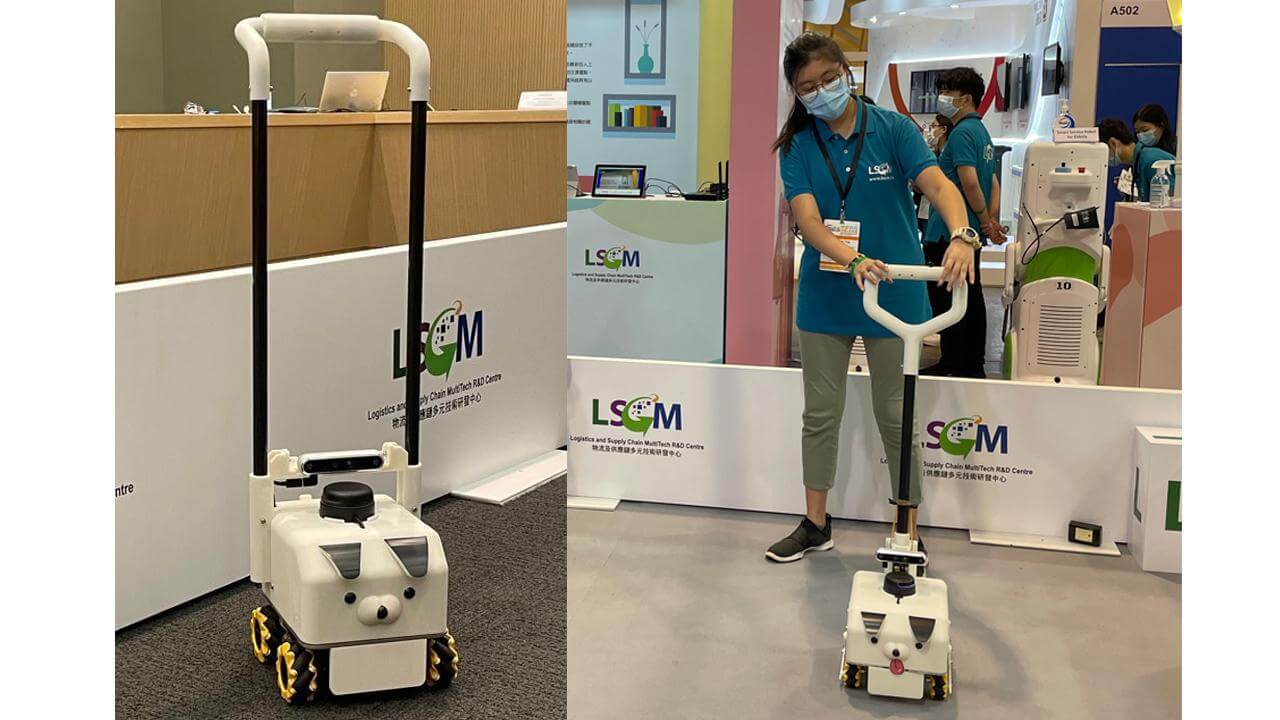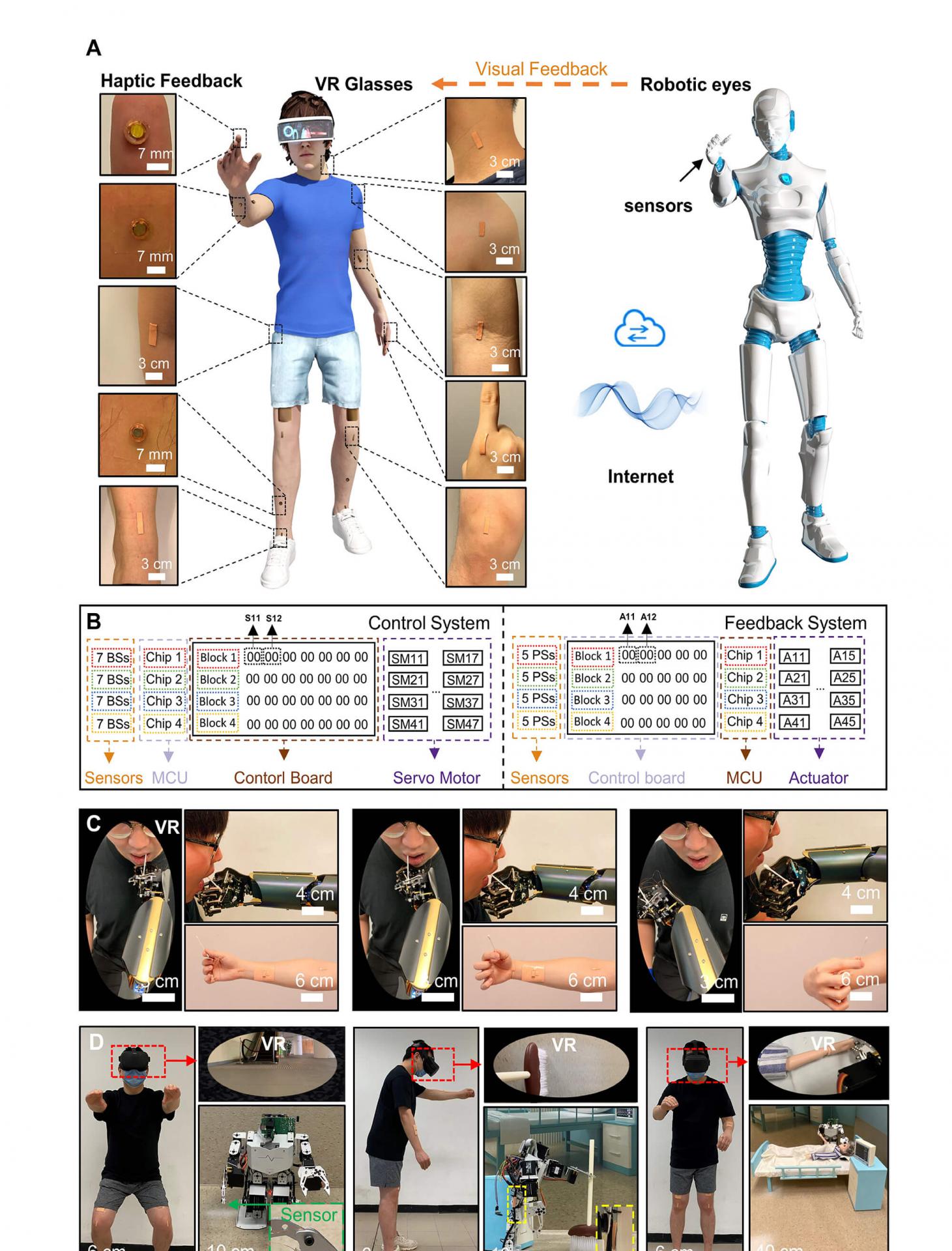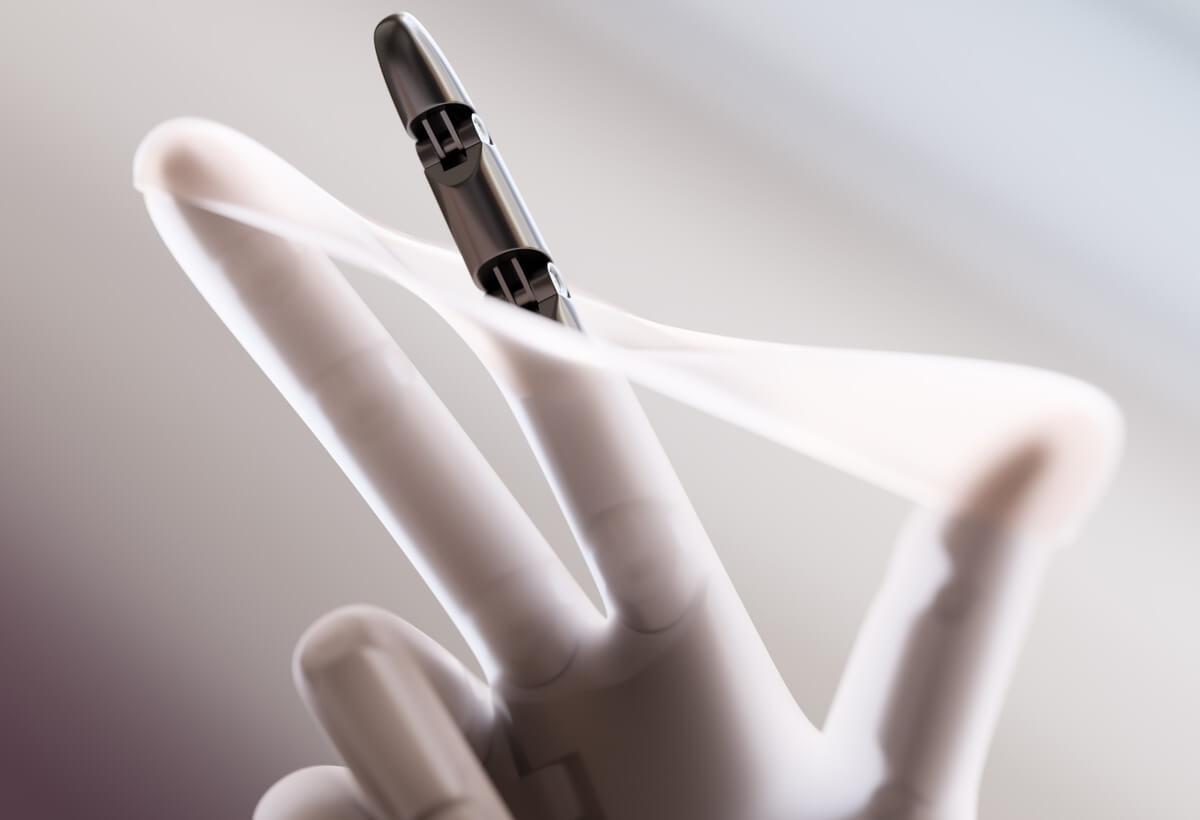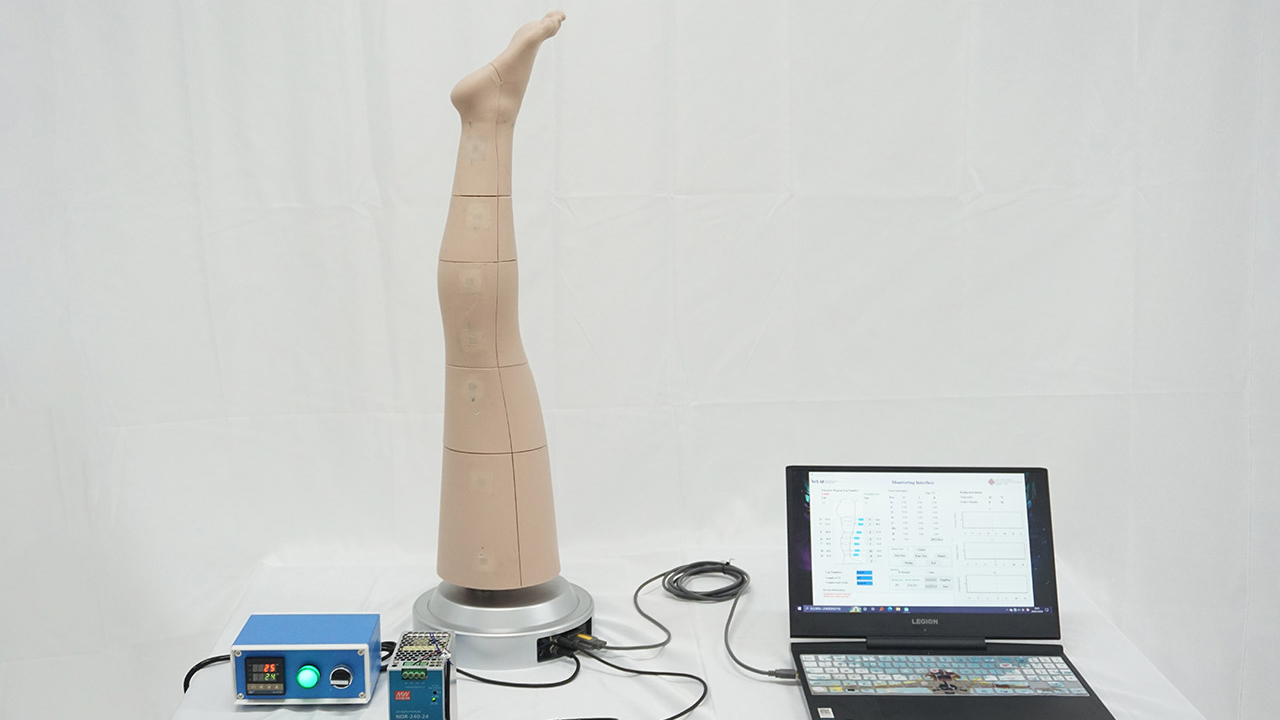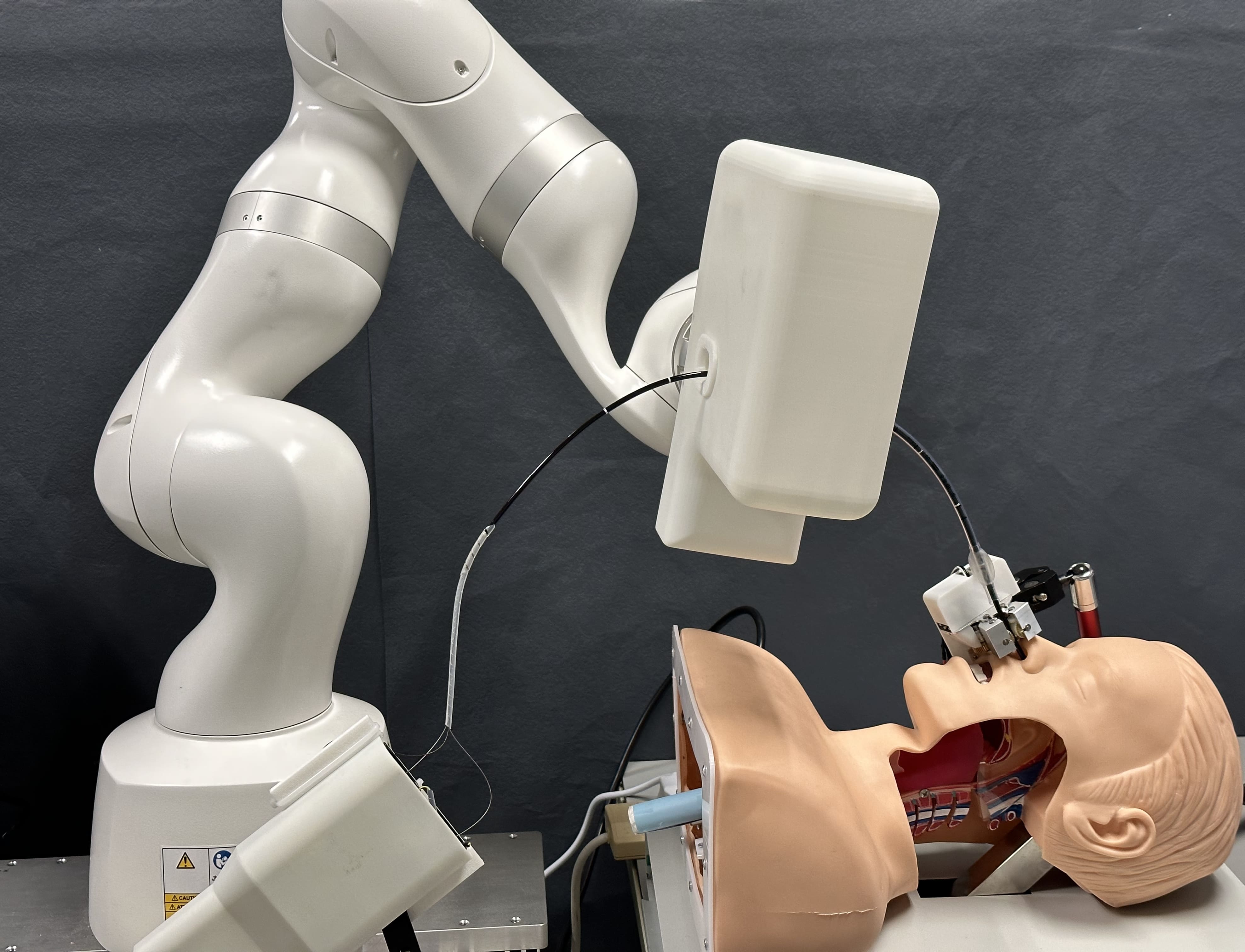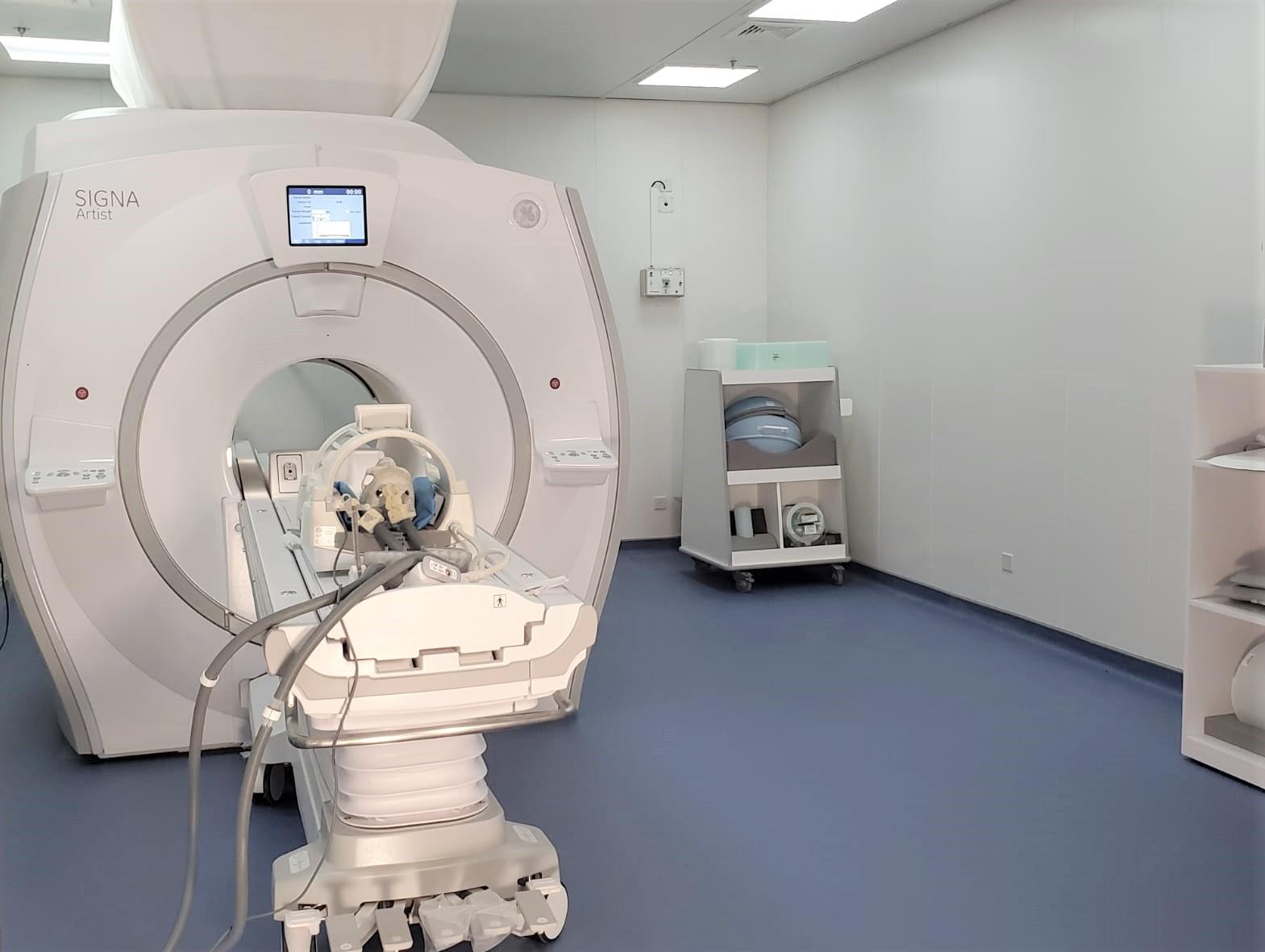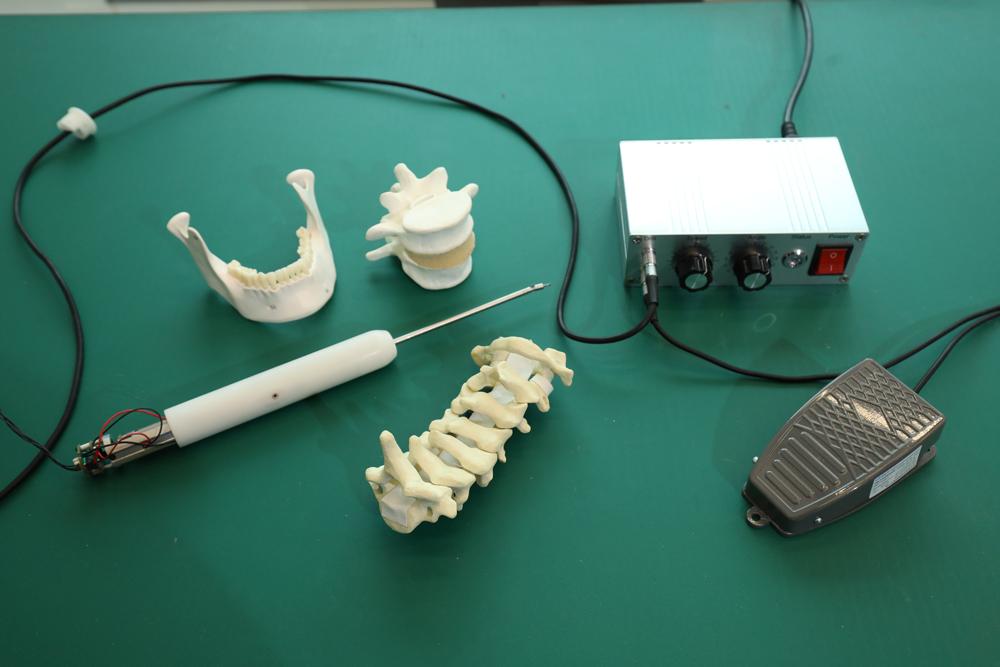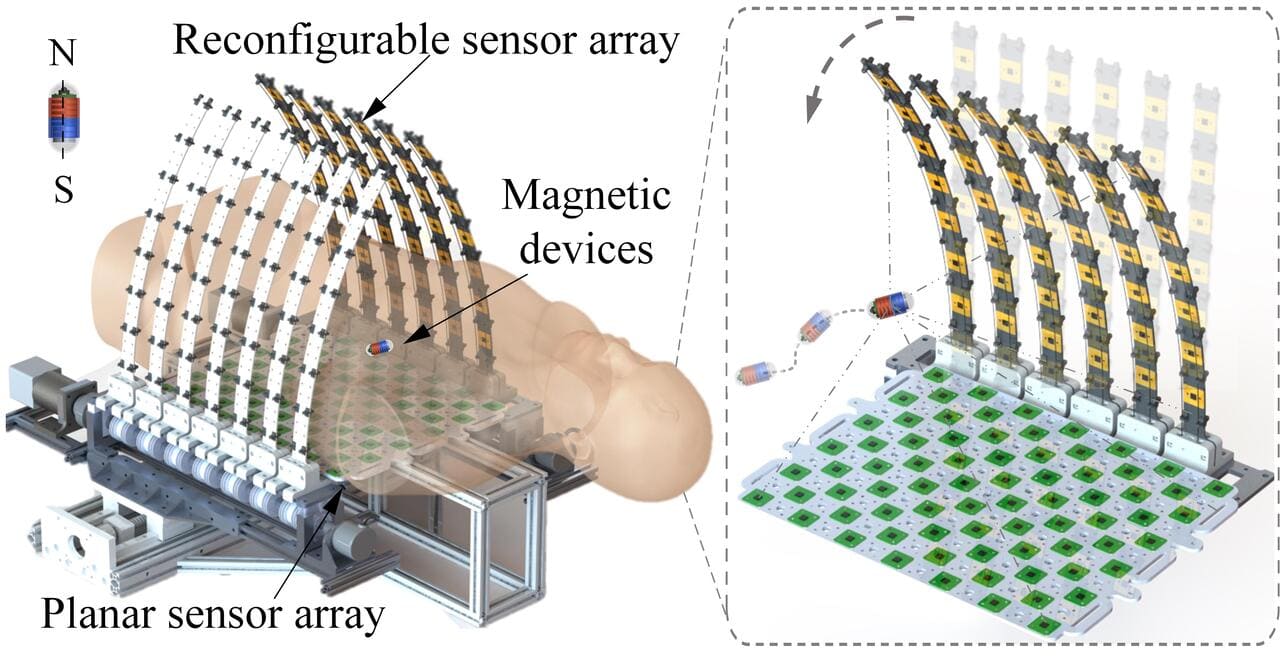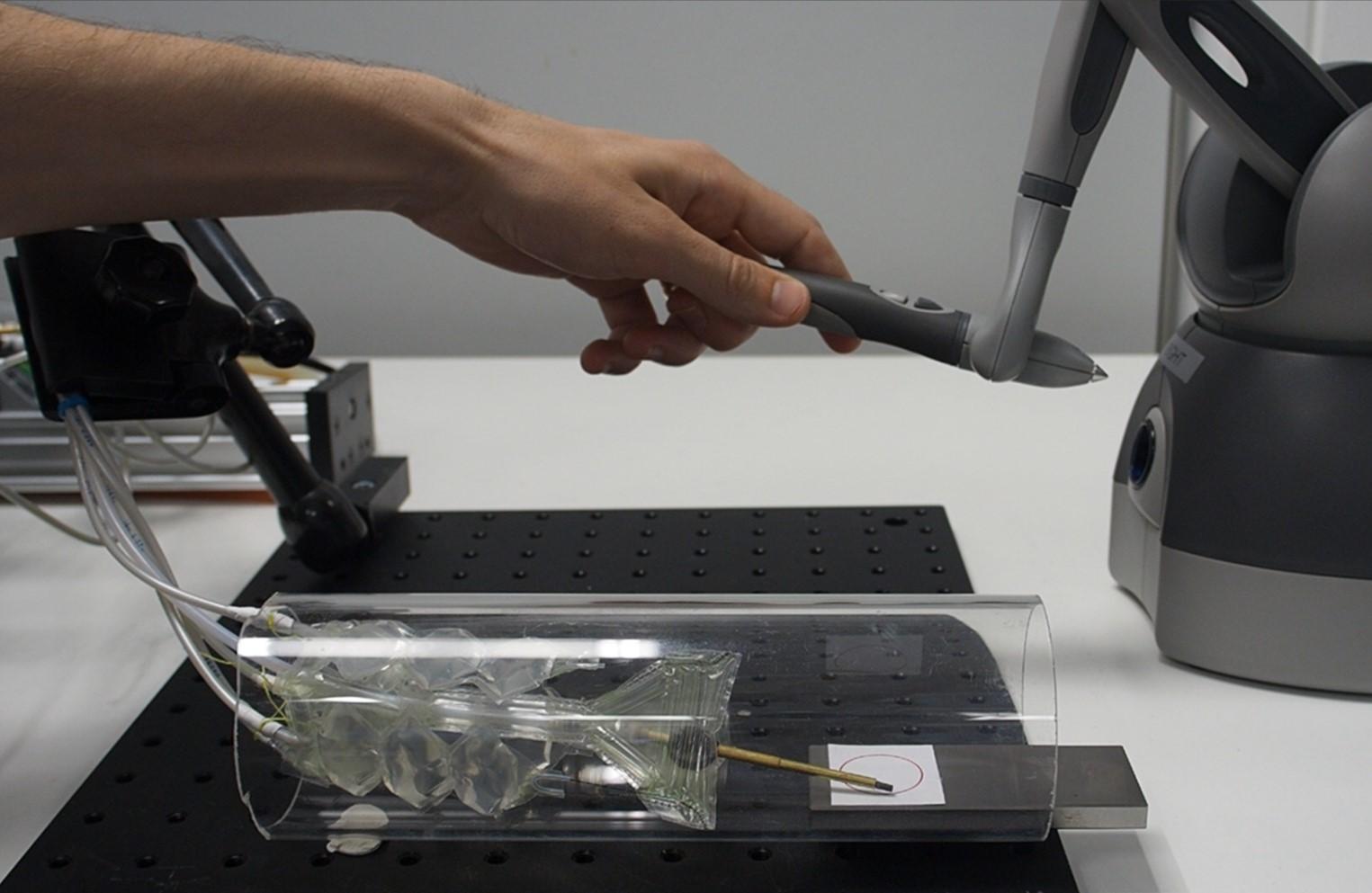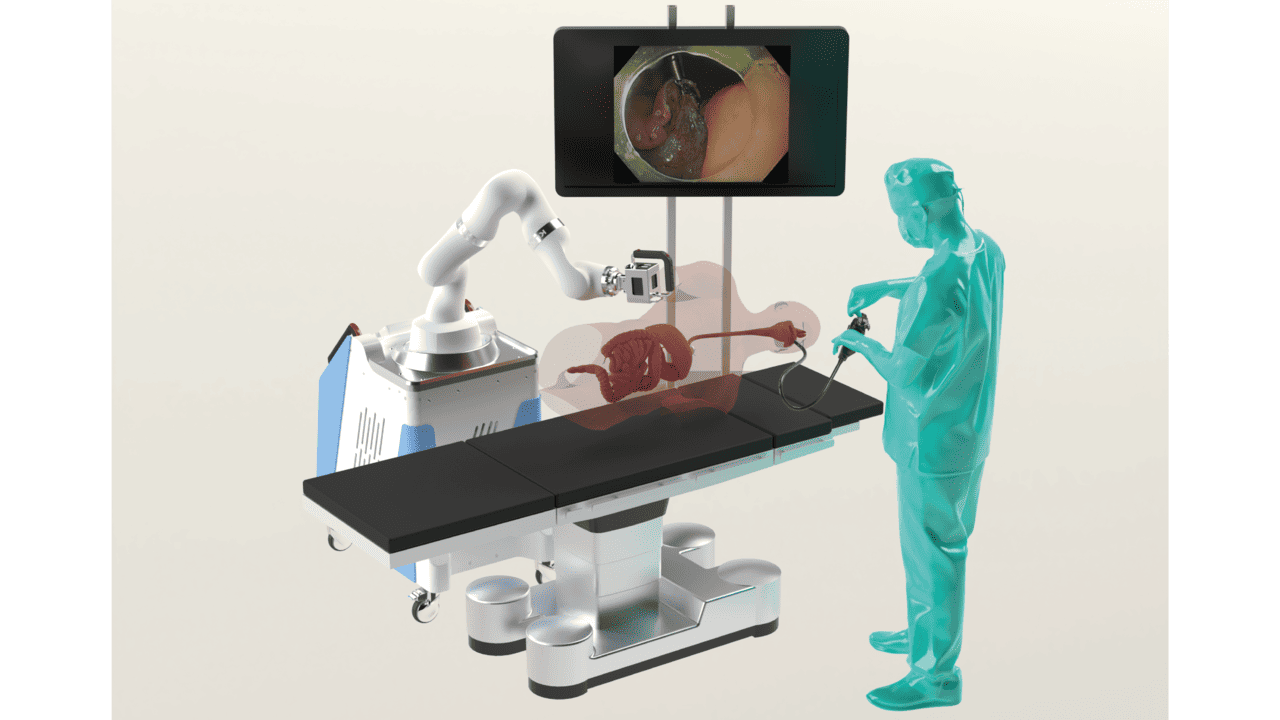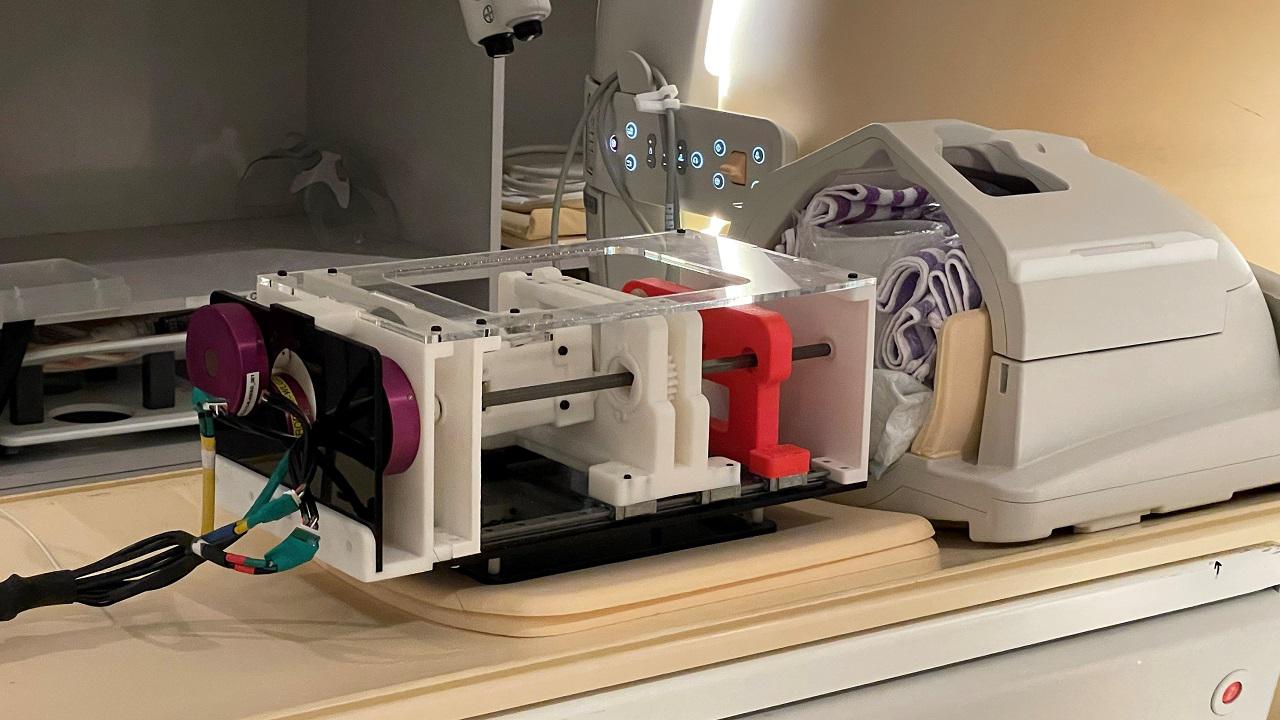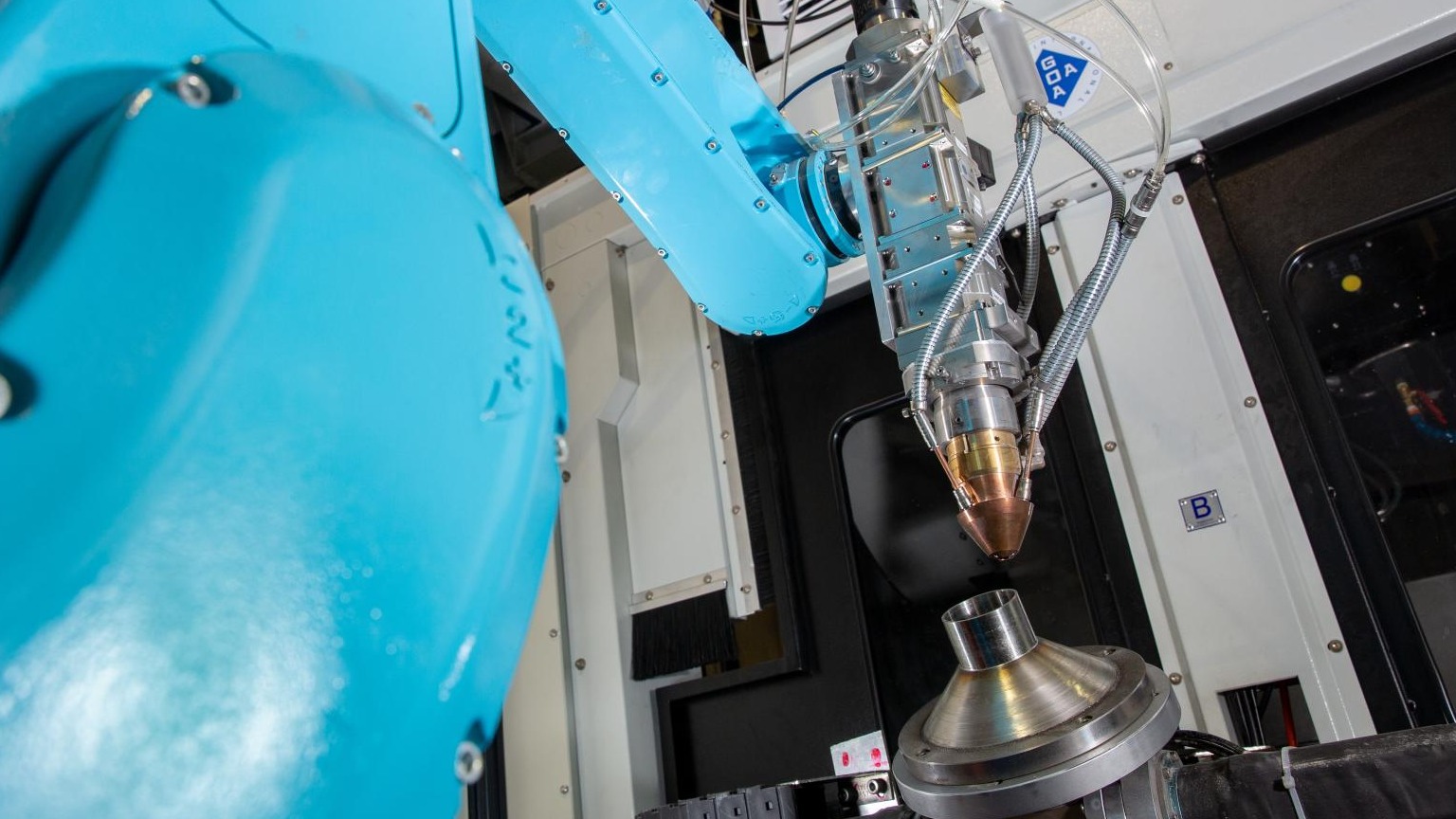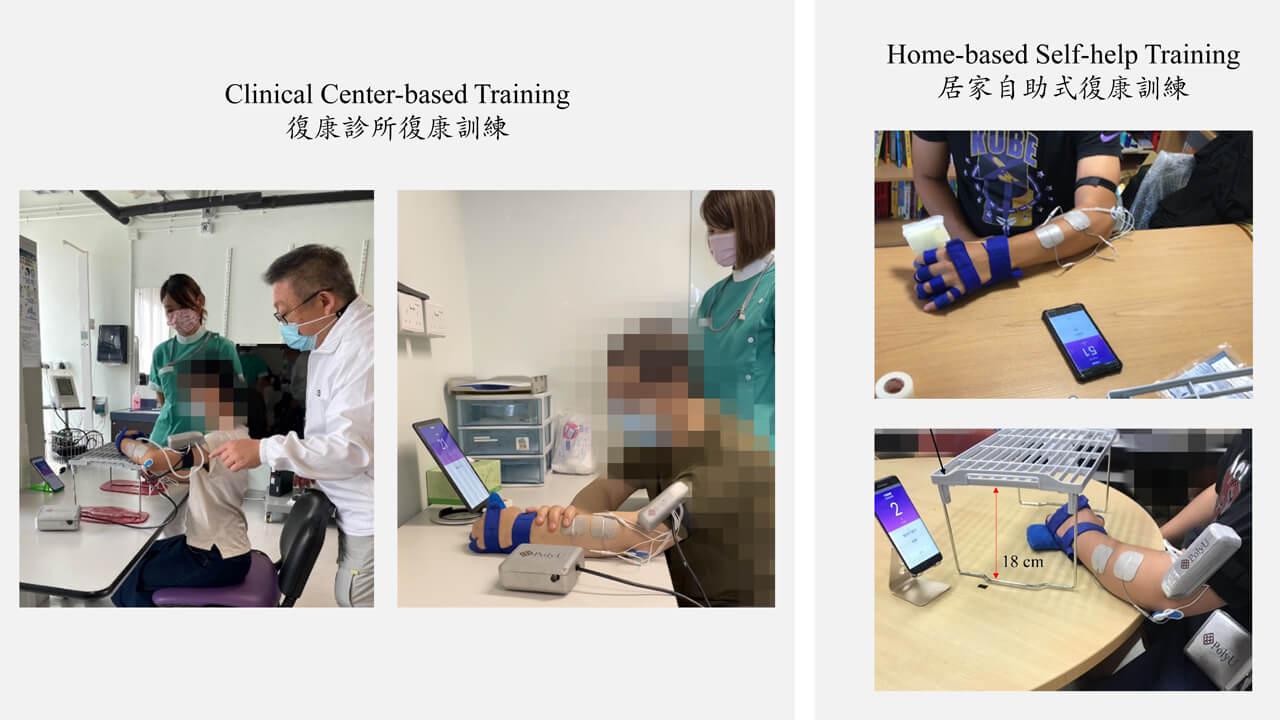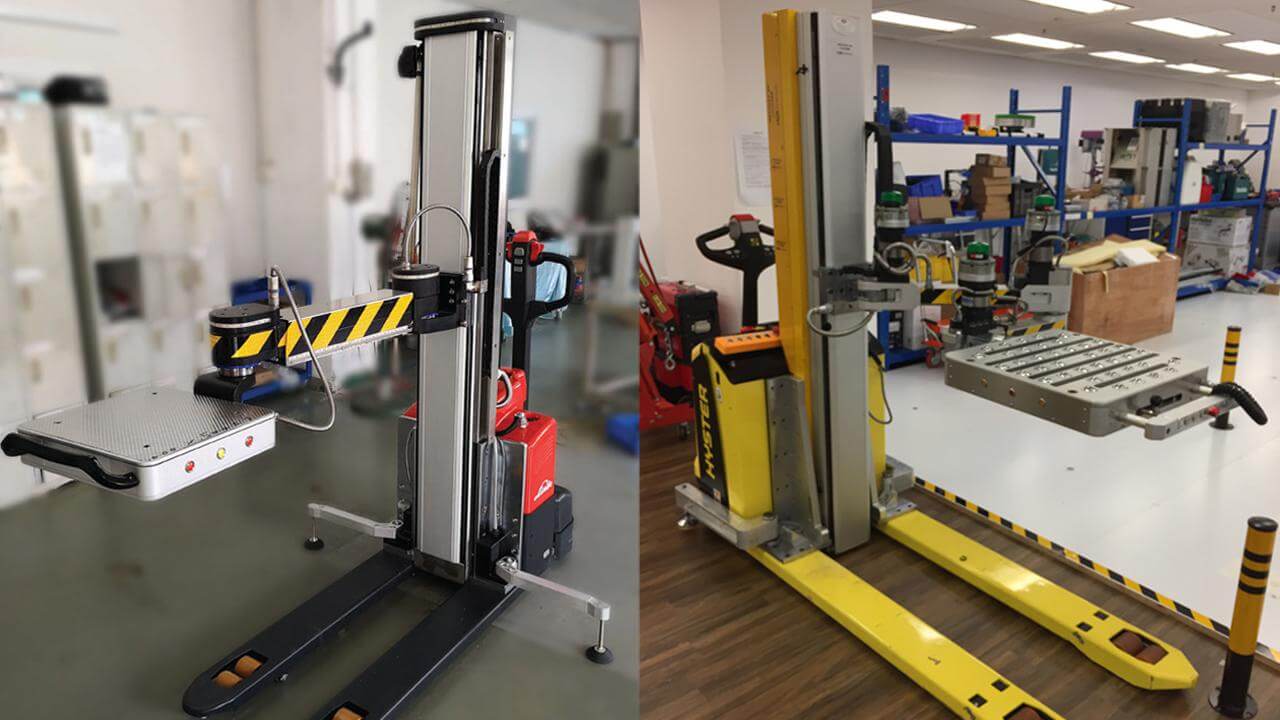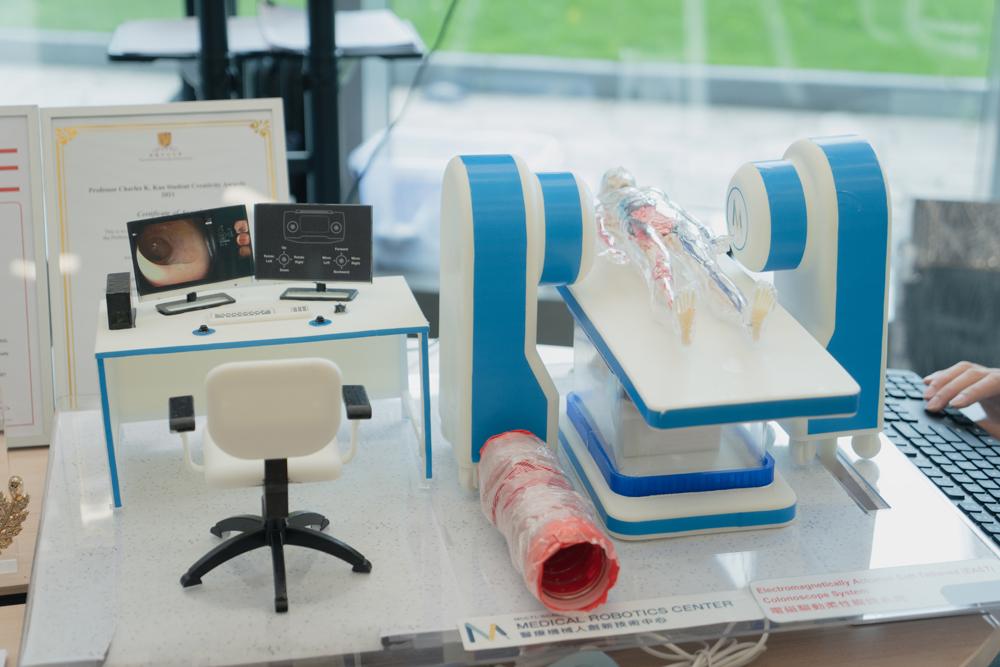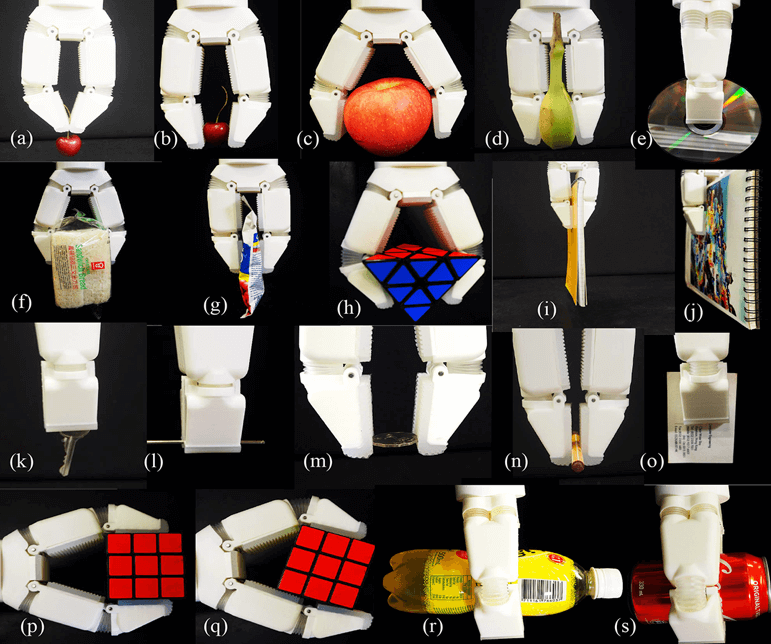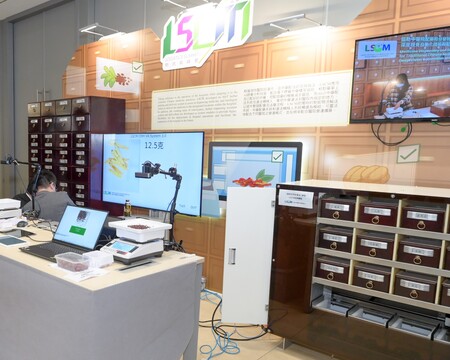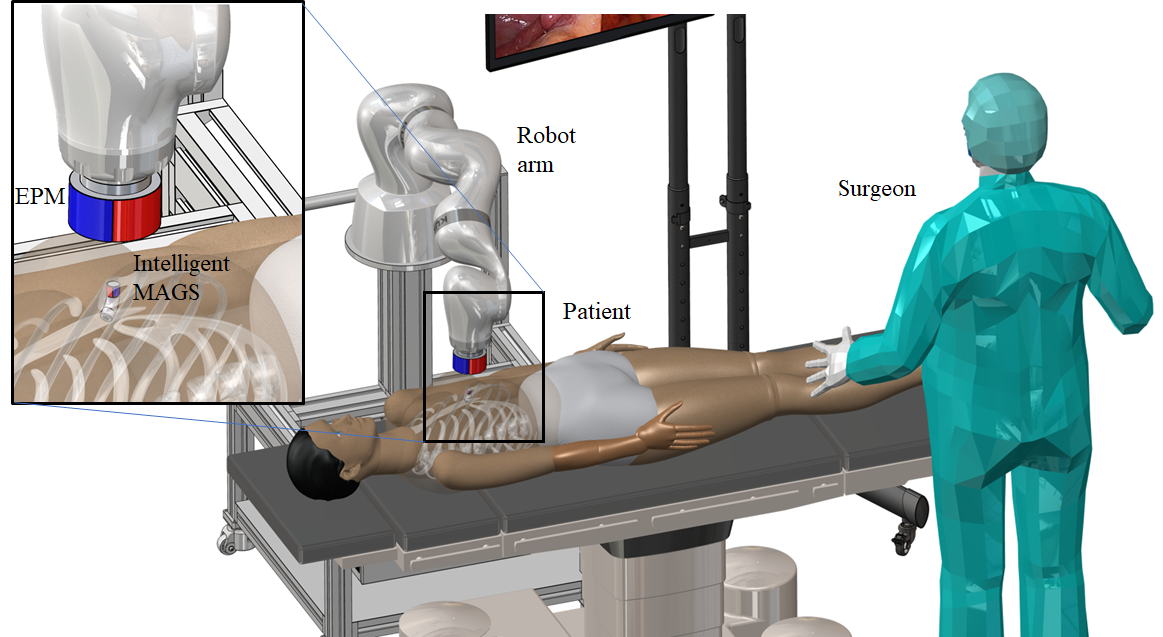
An Intelligent Flexible Robotic System for Minimally Invasive Neurosurgery
This invention focuses on a steerable robotic system for minimally invasive neurosurgery, leveraging a patented flexible robotic manipulator design and an intelligent surgical navigation system. It enables surgeons to navigate the flexible robots under curvilinear trajectories to circumvent critical anatomical obstacles and perform precise manipulations to the lesion tissue at a confined surgical site under multi-modal intra-operative robot sensing.
Existing neurosurgical robots are limited to perform linear paths, making it challenging to navigate around critical brain regions and major blood vessels. Their limited distal dexterity allows only basic interventions such as biopsies and hematoma aspirations, without enabling complete lesion removal.
- The patented notched tube continuum robot design enables surgeons to navigate a meso-scale flexible robot with enhanced dexterity and stiffness along curvilinear trajectories, effectively avoiding critical anatomical obstacles in the brain and significantly improving lesion coverage.
- The robotic system integrates preoperative images and realistic soft tissue behavior to offer delicate surgical plans with minimal tissue disruption within the brain.
- The robotic system, leveraging intra-operative flexible robot shape perception and multi-modal motion control strategies, allows surgeons to perform precise and safe surgical operations on brain lesions with enhanced accuracy and control.
- The world’s first flexible surgical robotic system for neurosurgery integrates a flexible robotic arm with enhanced stiffness, optimized dexterity, and shape-sensing capabilities, alongside a surgical planning and navigation system that incorporates multi-modal intra-operative sensing and accounts for soft tissue deformation.
- The flexible robot is capable of nonlinear trajectory navigation and independent dexterous distal manipulation within highly constrained anatomical spaces, demonstrating significant potential for applications in neurosurgery and natural orifice transluminal endoscopic surgery (NOTES).
- The first prize of the 10th Hong Kong University Student Innovation and Entrepreneurship Competition
- Winner of the 7th Beijing-Hong Kong Youth Innovation and Entrepreneur Cup
- Gold prize at the China International College Students’ Innovation Competition 2023
- Gold prize at the 13th Challenge Cup China College Students’ Entrepreneurship Competition
- Keyhole neurosurgery
- Endoscopic endonasal skull-base surgery
- Arthroscopic Surgery
Founded in 1963, The Chinese University of Hong Kong (CUHK) is a forward-looking comprehensive research university with a global vision and a mission to combine tradition with modernity, and to bring together China and the West. CUHK teachers and students hail from all around the world. Four Nobel laureates are associated with the university, and it is the only tertiary institution in Hong Kong with recipients of the Nobel Prize, Turing Award, Fields Medal and Veblen Prize sitting as faculty in residence. CUHK graduates are connected worldwide through an extensive alumni network. CUHK undertakes a wide range of research programmes in many subject areas, and strives to provide scope for all academic staff to undertake consultancy and collaborative projects with industry.

